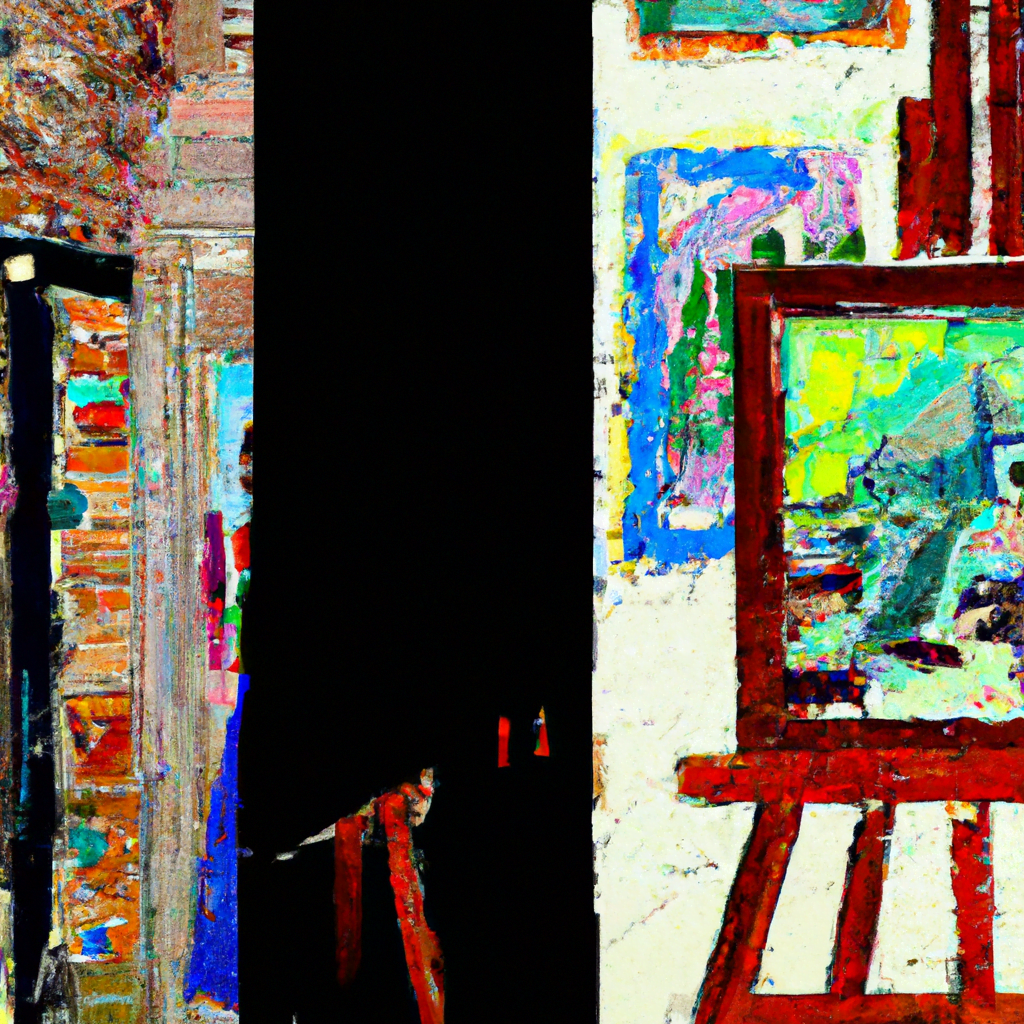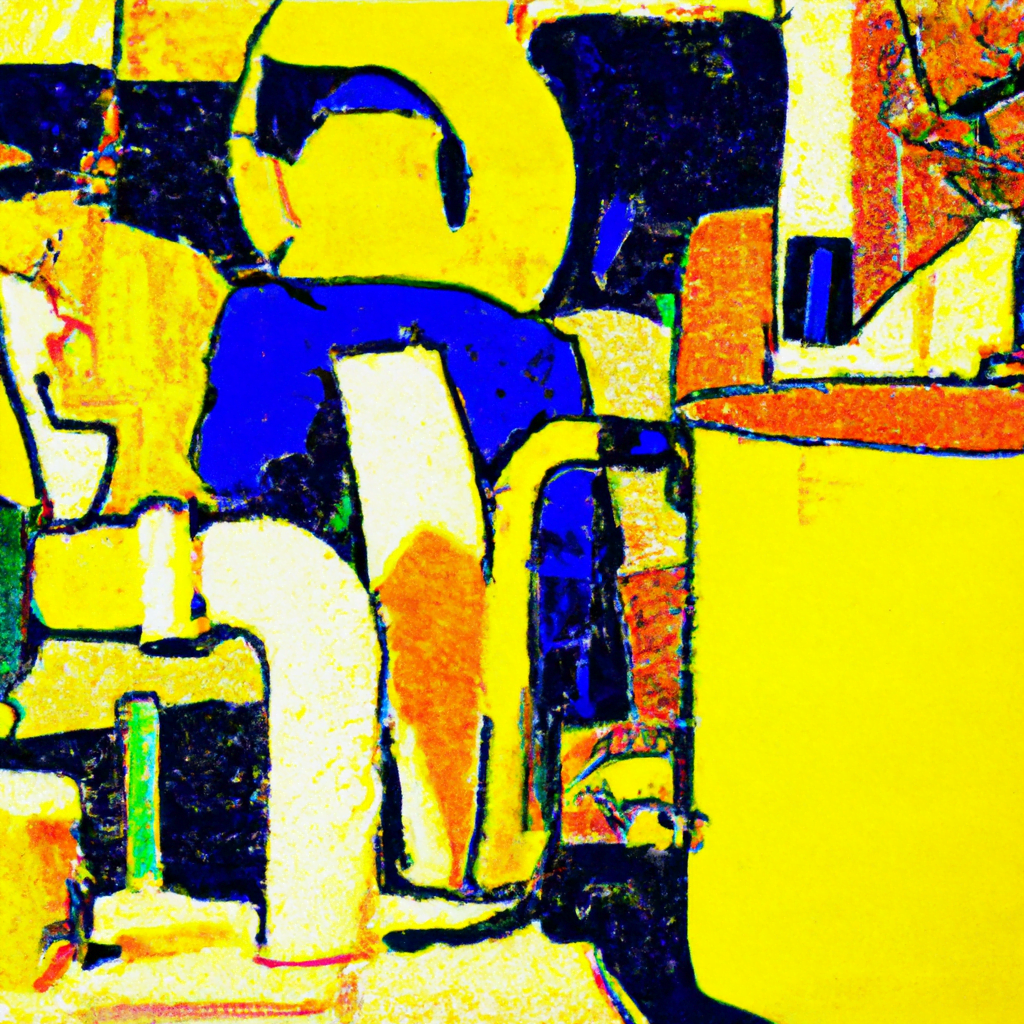
Exploring AI-Generated Layout and Composition Solutions

Artificial Intelligence (AI) has revolutionized various industries, and the field of design is no exception. With the advent of AI-generated layout and composition solutions, designers now have access to powerful tools that can automate and enhance their creative processes. In this article, we will explore the capabilities of AI in generating layouts and compositions, examine real-world examples and case studies, and discuss the potential impact of this technology on the design industry.
The Power of AI in Design
AI has the ability to analyze vast amounts of data, learn patterns, and generate creative solutions. When applied to design, AI can assist designers in various ways, including generating layouts and compositions. By understanding the principles of design and analyzing existing designs, AI algorithms can create aesthetically pleasing and functional layouts that meet specific design goals.
AI-generated layout and composition solutions can be particularly useful in industries such as graphic design, web design, advertising, and publishing. These tools can save designers time and effort by automating repetitive tasks and providing them with a starting point for their creative process.
Real-World Examples
Several companies have already developed AI-generated layout and composition solutions that are being used by designers worldwide. Let’s explore some notable examples:
1. Canva
Canva, a popular online design platform, utilizes AI to suggest layout options based on the content provided by the user. By analyzing the text, images, and desired design style, Canva’s AI algorithms generate multiple layout options that designers can choose from. This feature saves designers time and helps them explore different design possibilities.
2. Adobe Sensei
Adobe Sensei, the AI-powered technology behind Adobe’s creative suite, offers various layout and composition features. For example, in Adobe InDesign, designers can use the “Content-Aware Fit” feature, which automatically adjusts the layout when new content is added or existing content is modified. This AI-powered feature ensures that the design remains visually appealing and balanced.
Case Studies
Let’s delve into a couple of case studies that demonstrate the effectiveness of AI-generated layout and composition solutions:
1. The New York Times
The New York Times, one of the world’s leading newspapers, implemented an AI-powered layout system to automate the design process for their digital articles. The system analyzes the content of each article and generates a layout that optimizes readability and visual appeal. This AI-generated layout system has significantly reduced the time required to design each article, allowing The New York Times to publish more content efficiently.
2. Airbnb
Airbnb, the popular online marketplace for vacation rentals, uses AI-generated layouts to showcase property listings. By analyzing the property photos, descriptions, and user preferences, Airbnb’s AI algorithms generate visually appealing layouts that highlight the key features of each listing. This approach has improved the overall user experience and increased booking rates.
The Potential Impact on the Design Industry
The emergence of AI-generated layout and composition solutions has the potential to reshape the design industry in several ways:
- Increased Efficiency: AI can automate repetitive design tasks, allowing designers to focus on more creative and strategic aspects of their work.
- Enhanced Creativity: AI-generated layouts can serve as a starting point for designers, inspiring them and providing new perspectives.
- Improved Accessibility: AI-powered design tools can make design more accessible to individuals without formal design training, democratizing the field.
- Collaboration Opportunities: AI can facilitate collaboration between designers and AI algorithms, enabling designers to leverage the power of AI in their creative process.
However, it is important to note that AI-generated layout and composition solutions are not meant to replace human designers. These tools are designed to augment and assist designers, providing them with new possibilities and saving them time. The human touch and creative intuition are still essential in the design process.
Summary
AI-generated layout and composition solutions have the potential to revolutionize the design industry. By leveraging AI algorithms, designers can automate repetitive tasks, explore new design possibilities, and enhance their creativity. Real-world examples and case studies demonstrate the effectiveness of AI in generating layouts that meet specific design goals. While AI-powered design tools offer increased efficiency and accessibility, it is important to remember that human designers remain essential in the creative process. As AI continues to advance, designers can embrace this technology as a powerful ally in their pursuit of innovative and impactful design solutions.
